Hamlet
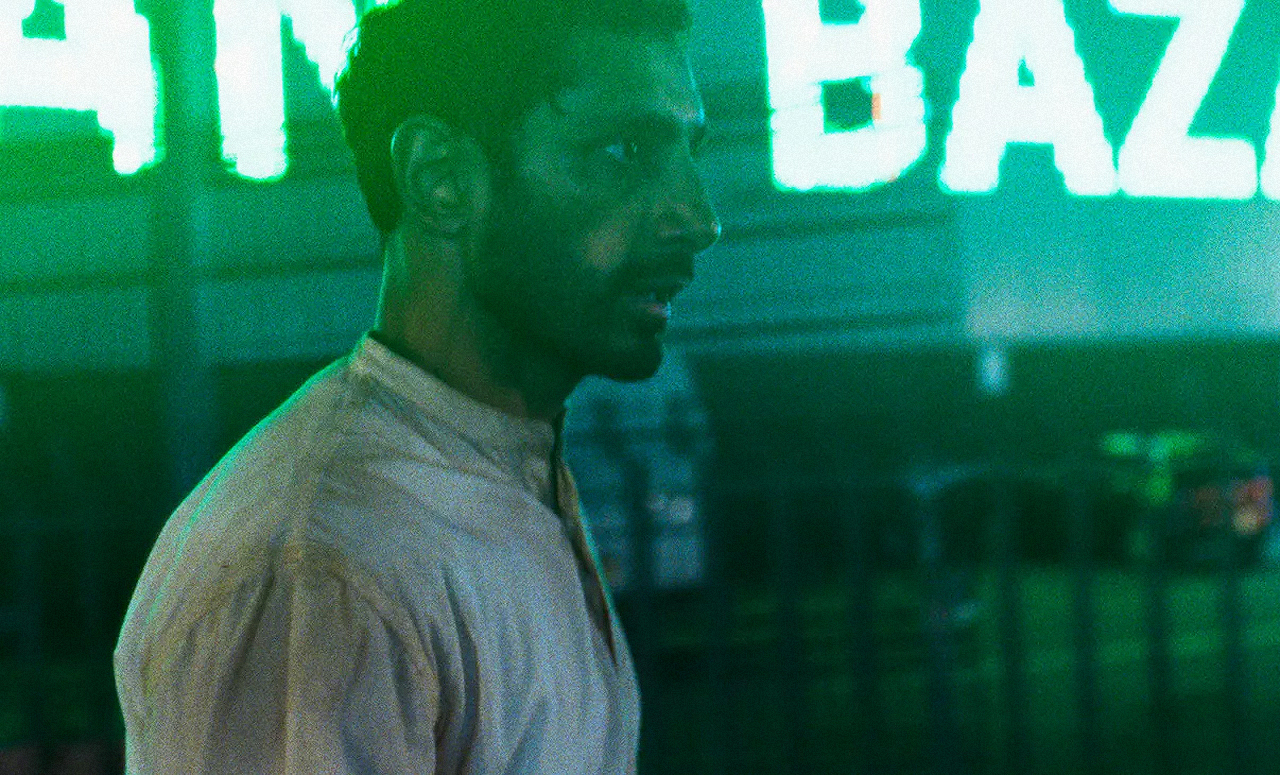
Hamlet stars Riz Ahmed as the emotionally confused and intense character, hellbent on seeking revenge for the murder of his father. Set in the South Asian community of London, and rigidly sticking to the grandeur of its primary source, Aneil Karia’s reinvention of the familiar play is a marriage of the classical and the modern. It’s a strange sensation listening to the long soliloquies and Shakespearean dialogue against the backdrop of neon city lights and the blaring of car horns. But this juxtaposition of atmosphere and verbiage adds a quirky charm to watching Hamlet.
The feature mostly follows the structure of the play, with parts taken and transferred elsewhere, and others cut entirely, courtesy of Michael Lesslie’s writing. Still, the themes remain the same: it’s a movie tackling grief, mortality, the consequences of one’s actions, and the divide between perception and reality. The cinematic flair added, coupled with the cultural significance of the new setting, makes for a more entertaining and thorough watch for those unfamiliar with Shakespeare. One specific scene that stands out with these changes is Hamlet’s father’s initial appearance as an apparition on a rooftop overlooking the London city skyline. It’s hauntingly mesmerising, taking the viewers into the mess that is Hamlet’s mindscape.
Then there’s the famous “To be, or not to be” speech, delivered as Hamlet speeds through the highway, taking his hands off the wheel as a truck comes speeding towards him. It’s one of the more visceral sections of the feature with its relevance to Hamlet’s discussion of contemplating suicide, and it’s also a visually thrilling sight elevated by high-contrast lighting and crisp output of vibrantly translucent colours. Production in Hamlet is one of its most powerful weapons in delivering an immersive experience. This is especially prominent in the cultural dance that acts as a stand-in for the “play within a play” scene. Lighting and excellent camera work create a foreboding sense of danger, a mark of Hamlet’s continuous descent to madness, and emphasise the guilt in Claudius. The music amplifies the intensity of the dancers’ performance, rendering the whole endeavour a fatally morbid and hypnotic affair.
Acting is also an important factor in the success of Hamlet. Ahmed is excellent as the titular character; one can almost see the frantic switching between anger, grief, remorse and confusion in Hamlet’s eyes with every action he takes and the consequences that follow. This is further pronounced by the lighting and shadows framing his eyes and the use of mirrors as a reflection of Hamlet’s difficulty in discerning reality from the machinations of his tormented mind. While Ahmed is the star, the other actors do well in uplifting his performance. Art Malik’s Claudius is perfectly treacherous, and he steals the scene with his shaky reaction to the dance. Timothy Spall, although he only has a brief showing as Polonius, is ever-charismatic, and even Joe Alwyn’s Laertes shines in the final sequence of the picture. But not everybody is given the time and grace they deserve, with Ophelia’s role greatly reduced and her own spiral seeing nothing but a brief mention post the discovery of her body.
While far from accurate, the changes made do work in the world that Karia and Lesslie have built in this fresh take on the classic tragedy by Shakespeare. With alluring visual flourish and captivating performances, Hamlet simply astounds.
Mae Trumata
Hamlet does not have a release date yet.
Read more reviews from our London Film Festival coverage here.
For further information about the event, visit the London Film Festival website here.


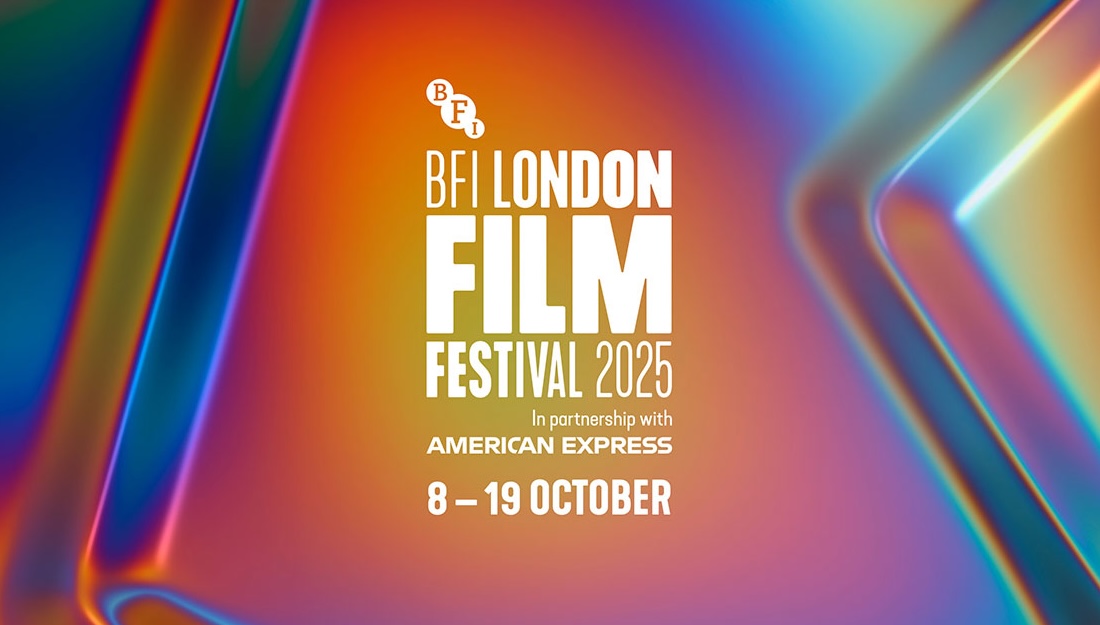
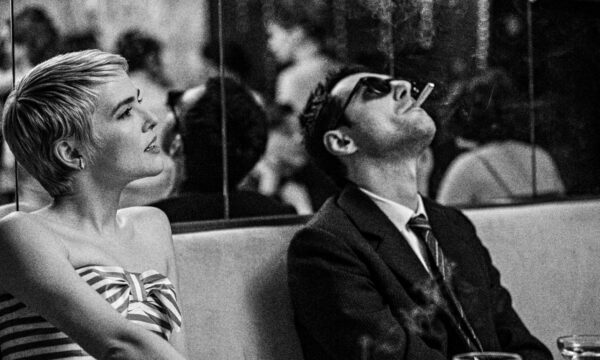
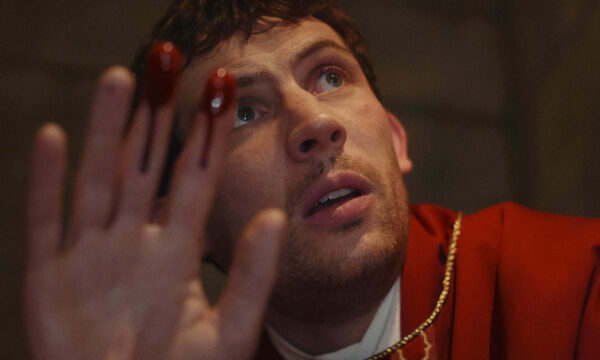

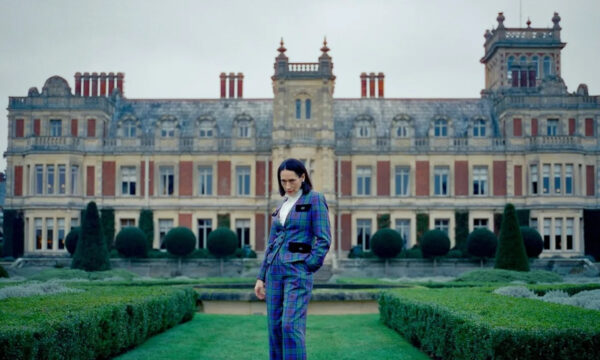
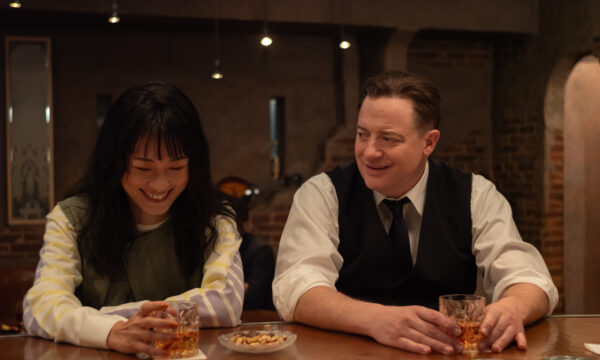
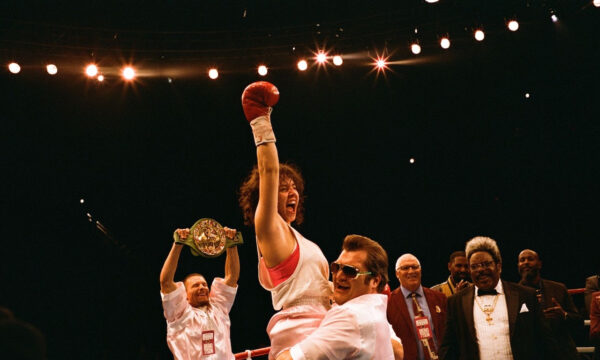
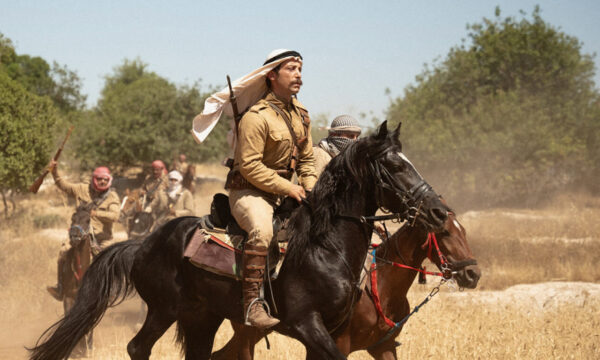
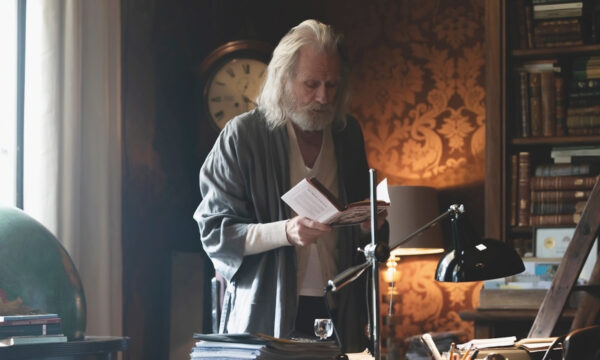
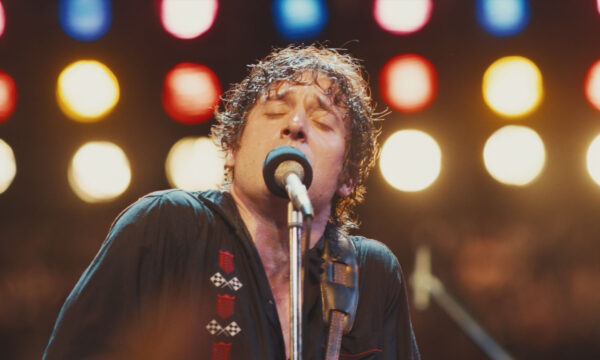

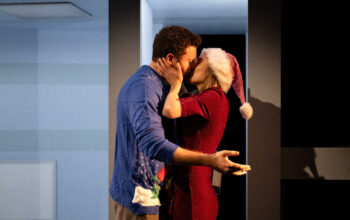




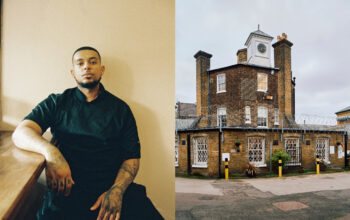







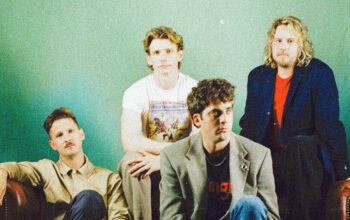
Facebook
Twitter
Instagram
YouTube
RSS